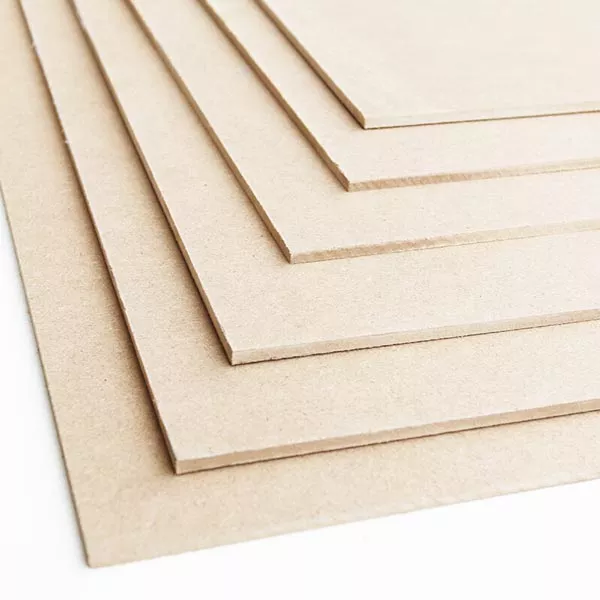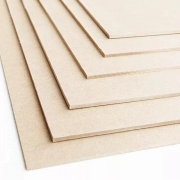
Using a primer that contains a strong solvent can be hazardous. While it is possible to seal MDF with polyurethane, the fumes can be overwhelming. You should always use a sanding block with a high grit, moving in a circular motion to make the board smooth. After sanding, make sure you clean up the dust.
Solvent-based primers have strong fumes
Solvent-based primers emit fumes, which are toxic if inhaled. They can be dangerous in high concentrations, so you should always wear a mask when working with them. Fortunately, there are some solvent-based alternatives that have low VOC levels.
Oil-based primers are generally better for exterior surfaces. The oil base helps to resist the weather and will last longer. However, you must use it according to the manufacturer’s instructions and wear a respirator. It is also important to wear a mask or eye protection while sanding in between coats of oil-based primer. Furthermore, you should also avoid cleaning it with water.
Although water-based primers are less dangerous, they still produce fumes. If you have asthma, wear eye protection and ensure that your workspace is well-ventilated. Also, be sure to follow the proper precautions for applying this primer: clean and sand the surface with a soft brush or roller.
Polyurethane seals MDF
Polyurethane is a sealant that forms a tough, durable film. It is composed of tightly bonded resin molecules and is the best option for protecting MDF from scratches and impacts. It also has some ‘give’ so that it can absorb impacts and prevent scratches. The best type of polyurethane for sealing MDF is oil-based because it will leave the best finish.
Polyurethane can take up to 24 hours to dry completely. It can also protect MDF from water damage. MDF is a man-made wood product made from wood fibers that have been compressed. It is easier to work with than solid wood, and it is much more affordable.
Edge filler
You can easily seal the edges of MDF cabinets with the help of a thin coat of PVA glue or oil-based filling primer. Apply the glue on the edges evenly and let it dry before sanding. Care must be taken not to sand the edges too far or else the glue will peel off. You can also use a primer or drywall compound to prime the edges of MDF cabinets.
Before you apply the primer or paint, you should prime the MDF board first. Prepare the area with a drop cloth. Next, apply the oil-based primer to the face layers and edges of MDF. To apply the primer, use a roller. Then, smooth the newly primed face layers and edges with 600-grit sandpaper.
Solvent-based sealers
When it comes to sealing MDF, a polyurethane coating is a good choice. This type of coating forms a tough film, containing tightly bonded resin molecules. Once it has dried, this type of coating protects against water damage by preventing it from penetrating the surface. It also offers a slight ‘give’ that resists impacts and prevents scratching. But it must be noted that a polyurethane-based coating should only be used on MDF.
MDF is generally porous on the edges, and sealing these edges will prevent the board from soaking up paint and moisture. It also ensures that the paint adheres properly to the surface. A wood filler is a great way to seal the edges of MDF. Apply it with a putty knife or your fingers, then sand the surface. Once dry, remove the excess filler with a clean dry cloth.
Water-based sealers
Water-based sealers for MDF come in different varieties. Those that are clear allows the surface to receive paint or varnish, while those that are white only allow for painting. These sealers dry within 30 minutes. They can be re-applied within two hours. Depending on the type of finish you want, they are also available in various colors.
Acrylic primer is a good choice for sealing MDF. It comes in white, but it can also be purchased in grey or darker colors. It has a low odor and dries quickly. It is easy to apply with a brush. However, it is recommended to use two coats to get a decent finish.




Leave a Reply
Want to join the discussion?Feel free to contribute!